Meaning: “and,” “with” (connecting nouns or expressing accompaniment)
Grammar Point:
「と」 connects nouns to list items or express doing something together with someone. When listing, it connects all items. When expressing accompaniment, it means “with” or “together with.”
Formation:
Noun + と + Noun
日本語 / にほんご / Japanese
(1) 週末、私は掃除と運動をする / 運動をします。
(2) 昨日、兄弟は動物園で鳥と豚を見た / 見ました。
(3) 今週、母は店で肉と魚と卵を買った / 買いました。
(4) 先週、娘は祖父と買い物に行った / 行きました。
(5) 火曜日、弟は田中さんと東京に行った / 行きました。
(6) 昨日、私は友達とカフェで勉強した / 勉強しました。
ことばと表現 / Words & Expressions
週末【しゅうまつ shuumatsu】weekend
兄弟【きょうだい kyoudai】brothers, siblings
動物園【どうぶつえん doubutsuen】zoo
鳥【とり tori】bird
豚【ぶた buta】pig
肉【にく niku】meat
魚【さかな sakana】fish
卵【たまご tamago】egg
祖父【そふ sofu】grandfather
火曜日【かようび kayoubi】Tuesday
田中【たなか tanaka】Tanaka (surname)
カフェ【かふぇ kafe】cafe
英語 / えいご / English
(1) On weekends, I do cleaning and exercise.
(2) Yesterday, my siblings saw birds and pigs at the zoo.
(3) This week, mother bought meat, fish, and eggs at the store.
(4) Last week, my daughter went shopping with grandfather.
(5) On Tuesday, my younger brother went to Tokyo with Mr. Tanaka.
(6) Yesterday, I studied with my friend at a cafe.
ひらがな / Hiragana
(1) しゅうまつ、わたしは そうじと うんどうを する / うんどうを します。
(2) きのう、きょうだいは どうぶつえんで とりと ぶたを みた / みました。
(3) こんしゅう、ははは みせで にくと さかなと たまごを かった / かいました。
(4) せんしゅう、むすめは そふと かいものに いった / いきました。
(5) かようび、おとうとは たなかさんと とうきょうに いった / いきました。
(6) きのう、わたしは ともだちと かふぇで べんきょうした / べんきょうしました。
ローマ字 / Roman characters
(1) Shuumatsu, watashi wa souji to undou o suru / undou o shimasu.
(2) Kinou, kyoudai wa doubutsuen de tori to buta o mita / mimashita.
(3) Konshuu, haha wa mise de niku to sakana to tamago o katta / kaimashita.
(4) Senshuu, musume wa sofu to kaimono ni itta / ikimashita.
(5) Kayoubi, otouto wa Tanaka-san to Toukyou ni itta / ikimashita.
(6) Kinou, watashi wa tomodachi to kafe de benkyou shita / benkyou shimashita.






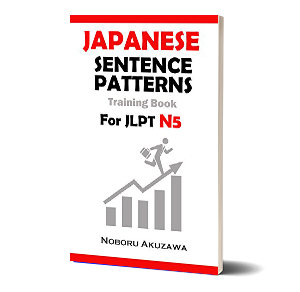
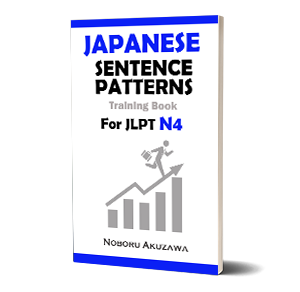
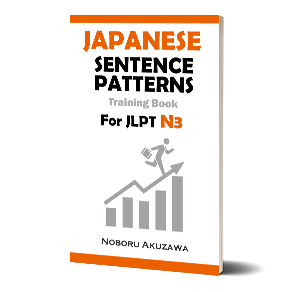
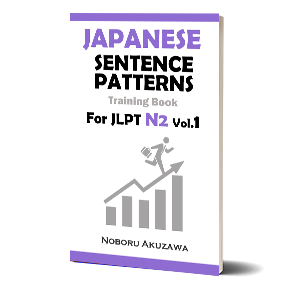
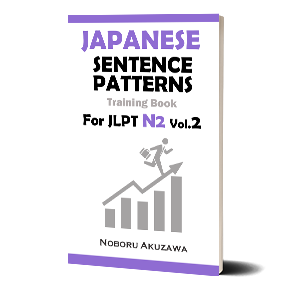

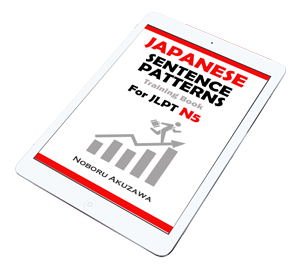
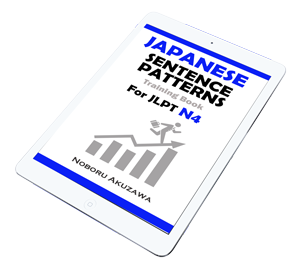
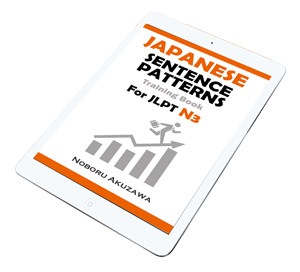

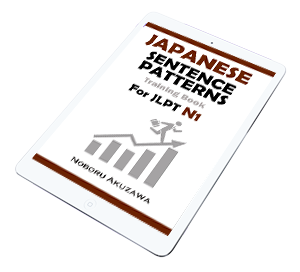







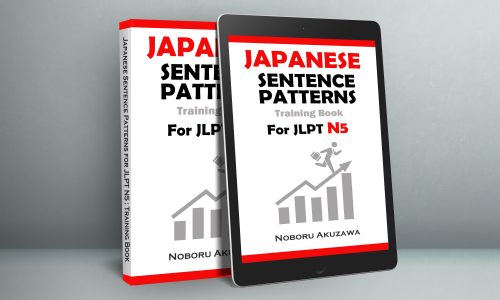
No comments yet.